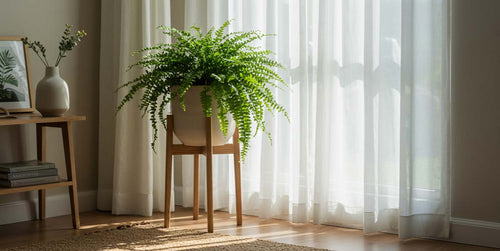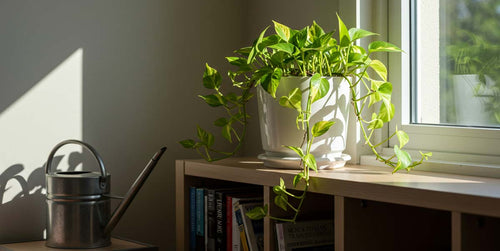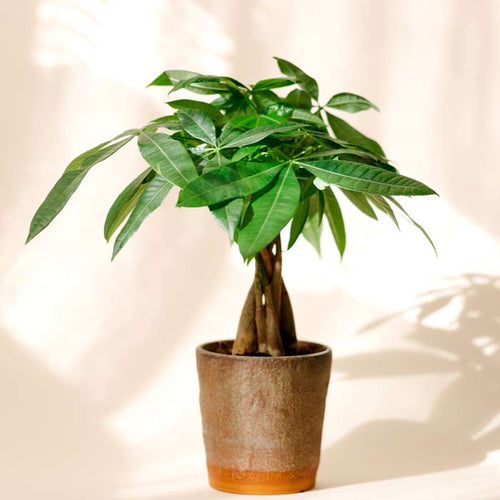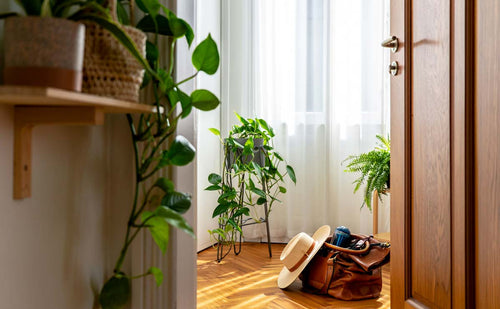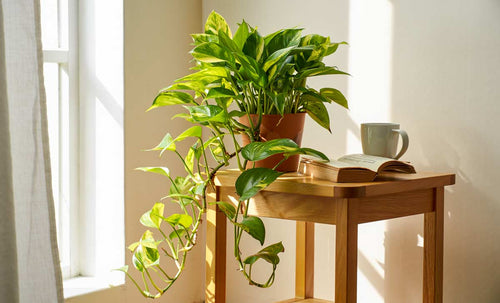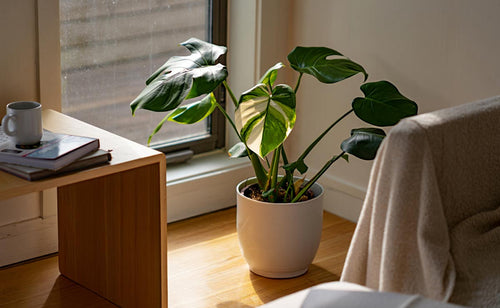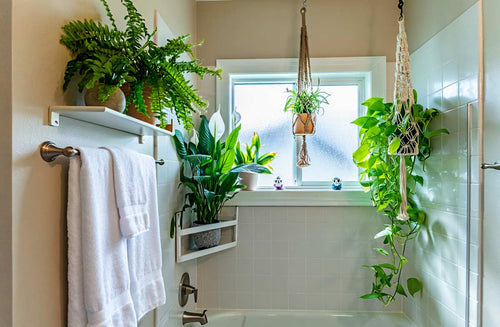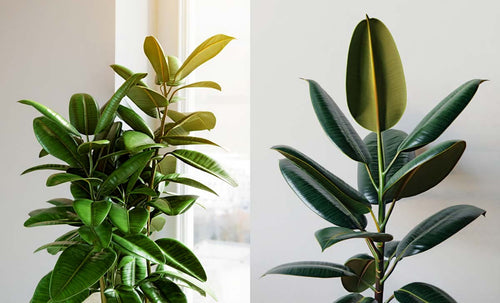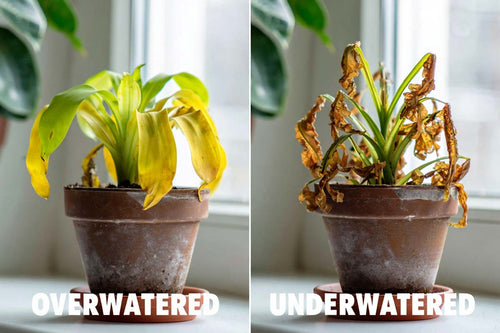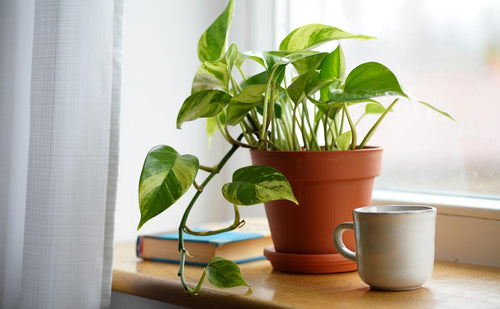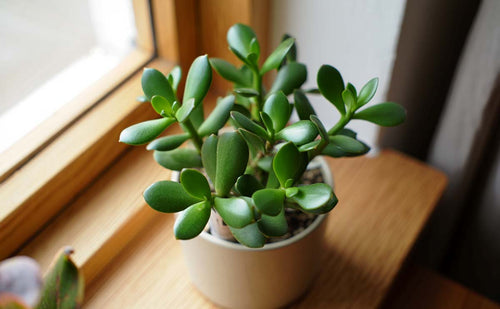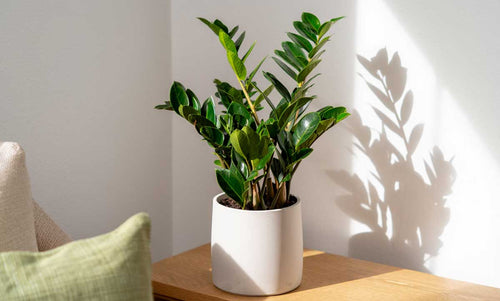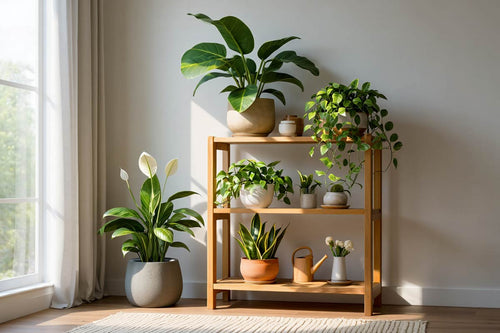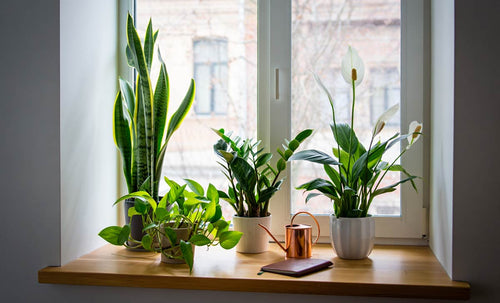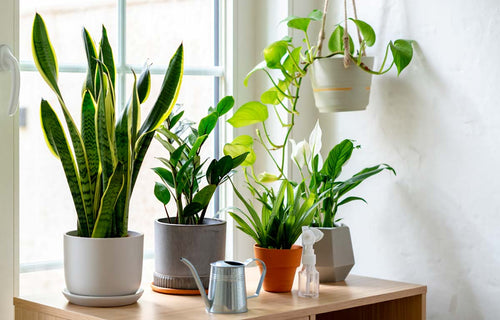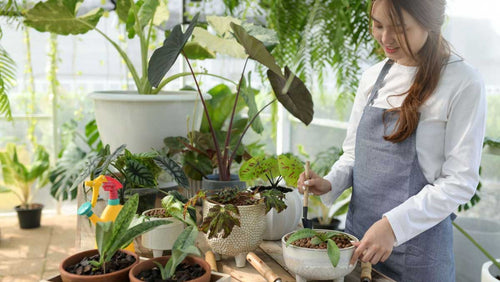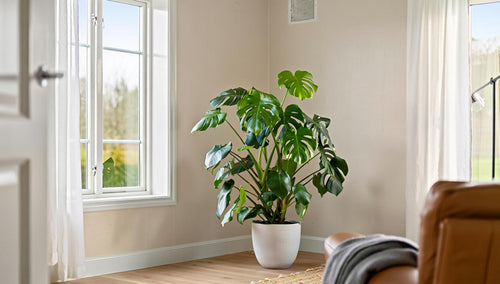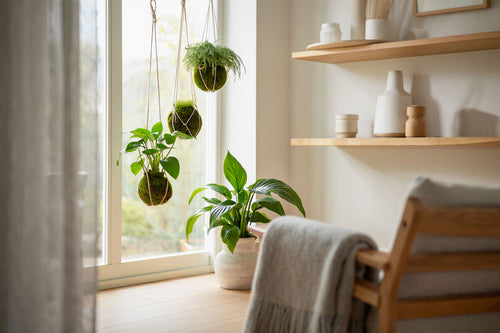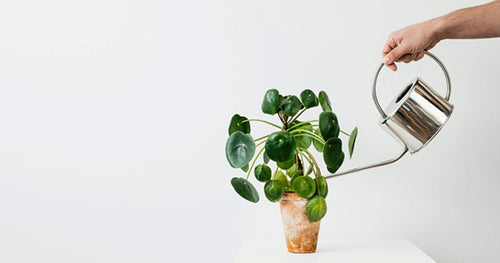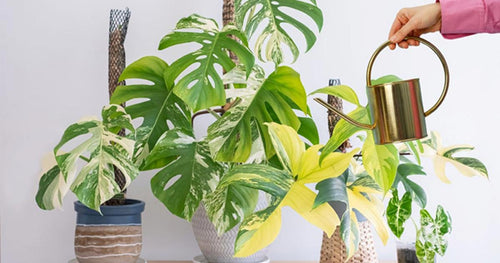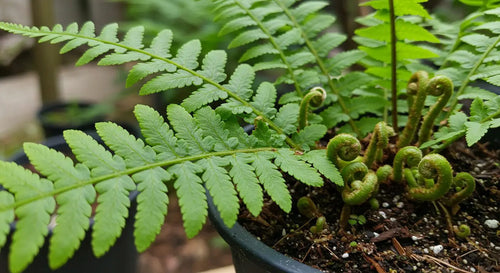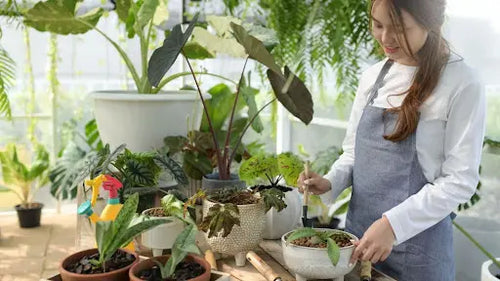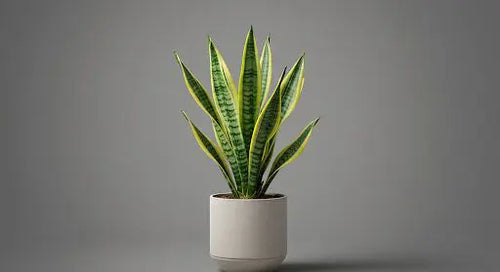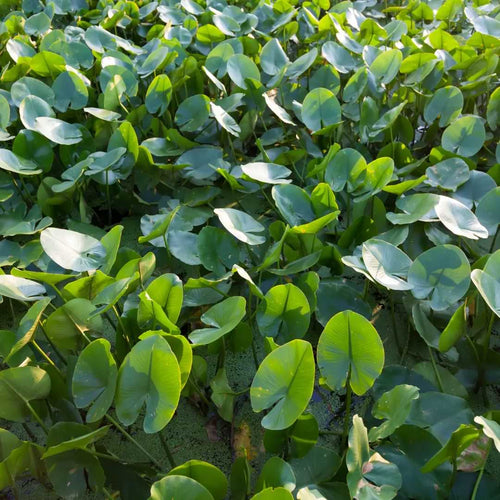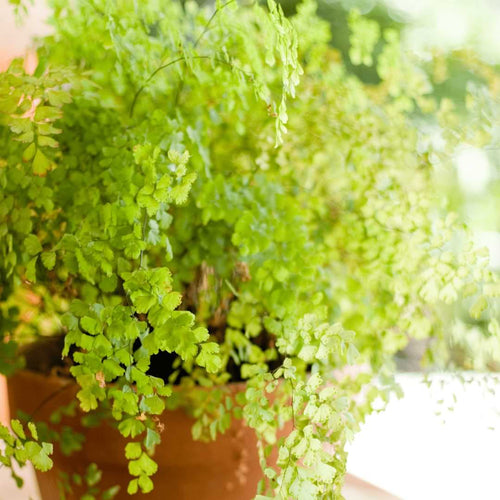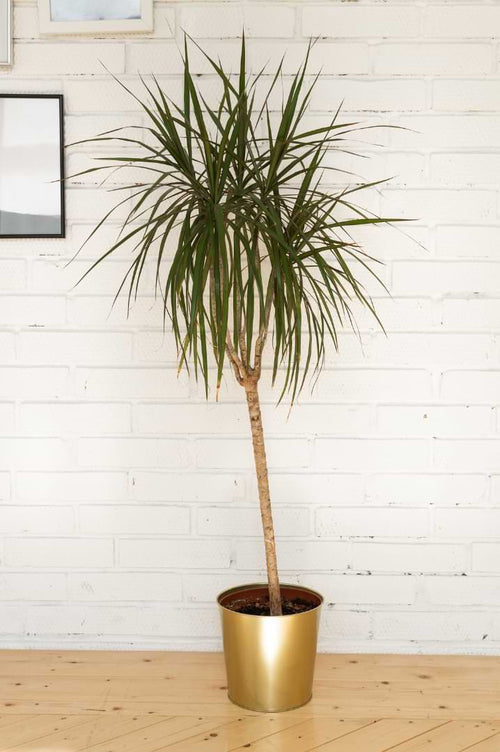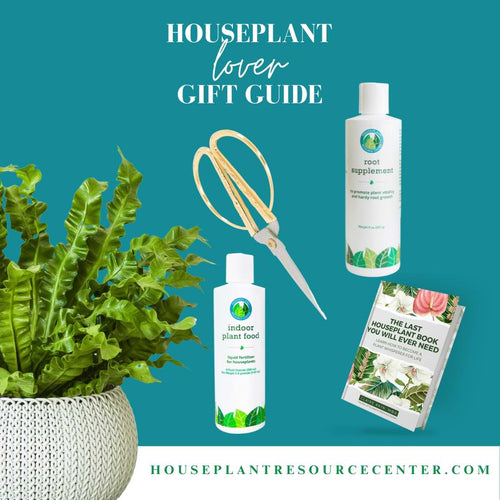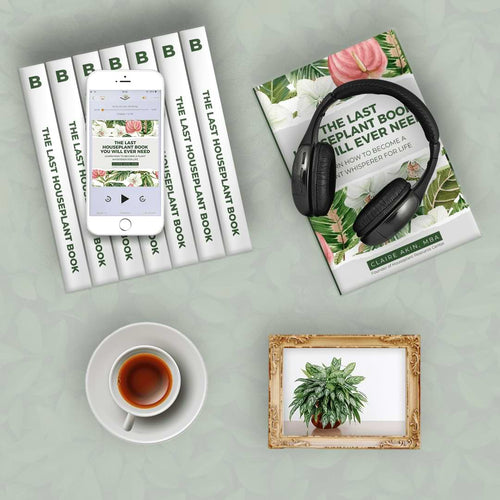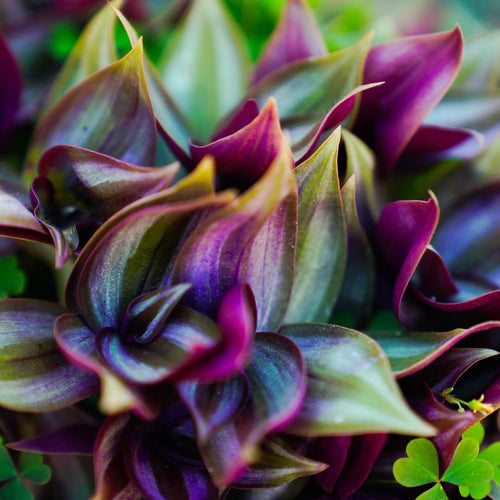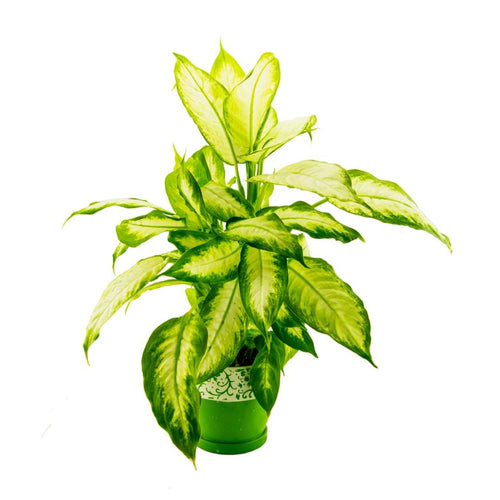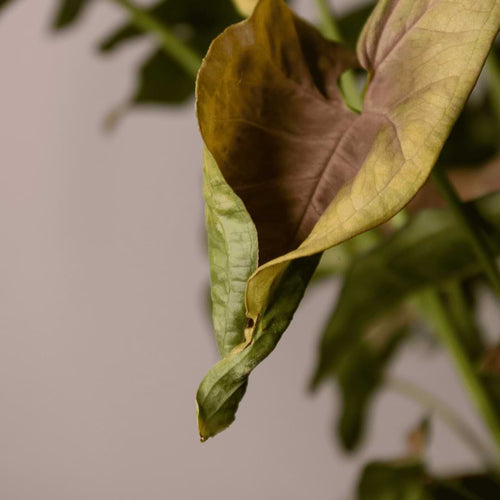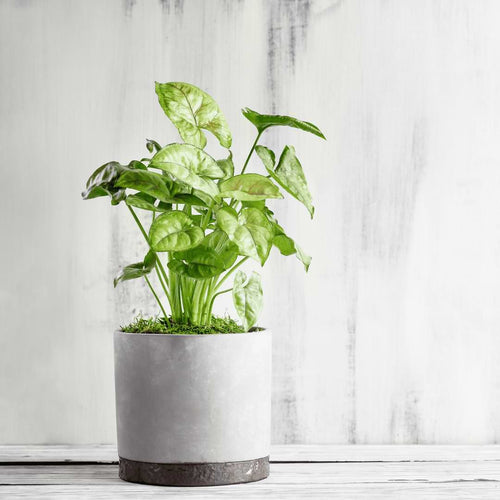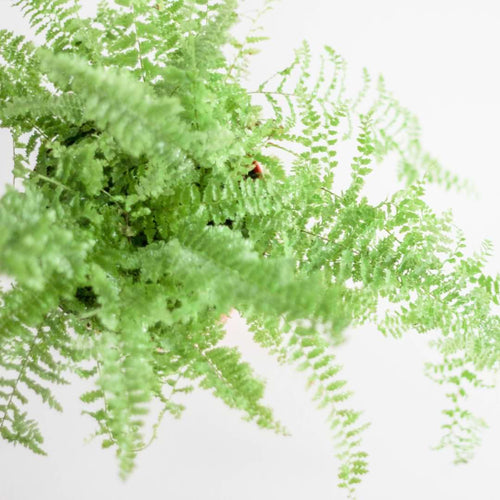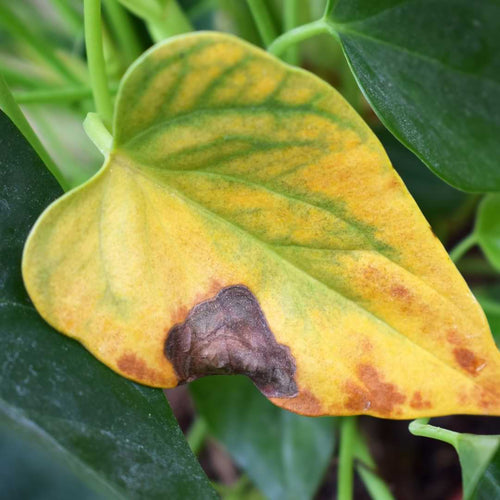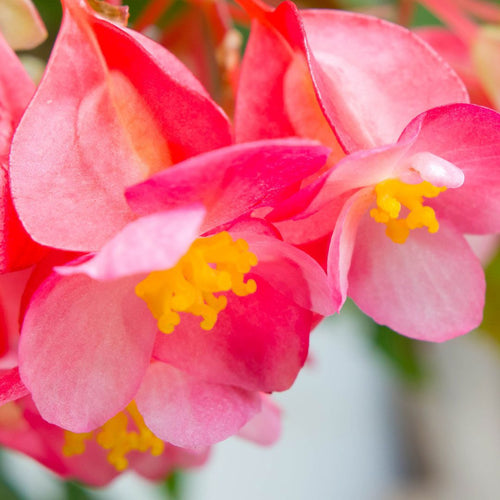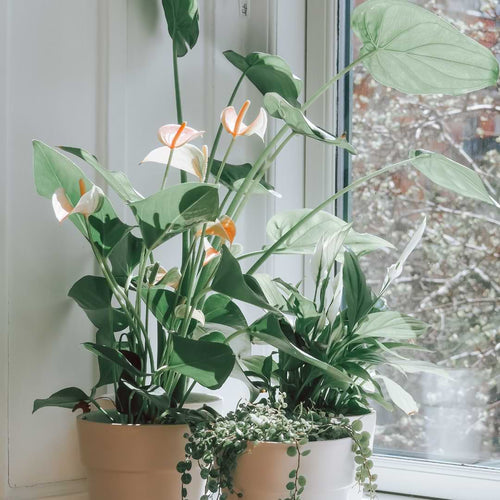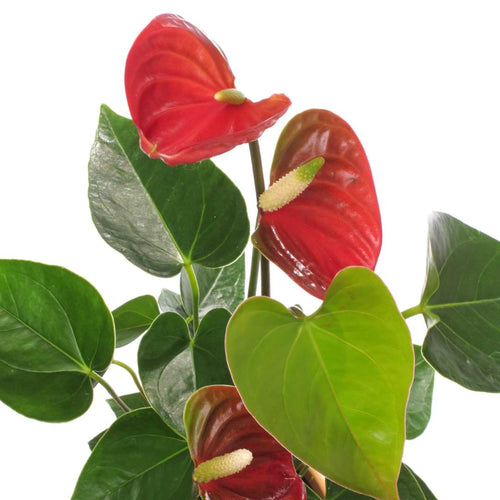Create and Care for Your Own Kokedama
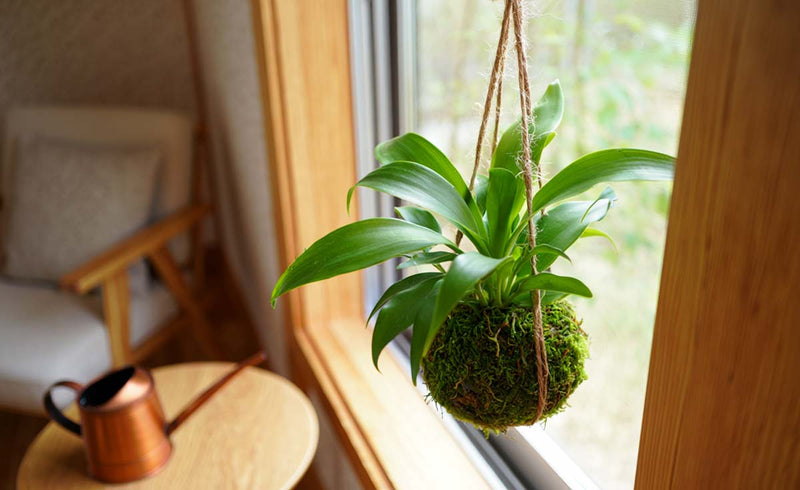
Kokedama is more than just a method for potting your plants. It’s an artistic expression that highlights the natural beauty of houseplants in a bold, minimalistic way. This old Japanese gardening technique turns ordinary indoor plants into lush, moss-wrapped balls that can sit or hang anywhere in your home. It blends creativity and nature, making it an eye-catching piece of living art.
As more people get into indoor gardening, Kokedama has become a favorite. It doesn’t just bring greenery into your space, but also adds a creative project to your day. This houseplant care guide lays out exactly how to make and care for your own Kokedama, from gathering supplies to long-term upkeep.

Gathering Your Supplies
It’s much easier to enjoy the process of making a Kokedama when you’ve got everything you need on hand. Let’s take a look at the tools and materials that will get you started.
-
Moss
Sphagnum moss is the go-to choice. It helps the soil stay moist and holds its shape around the plant’s roots. Choose soft, clean moss that absorbs water well and looks fresh once wrapped. -
Soil
A bonsai soil mix is ideal because it drains well and still allows you to shape it into a firm ball. Look for a mix that blends akadama, pumice, and peat for the best result. -
Twine
Jute or cotton twine is commonly used. It looks natural, holds up well over time, and complements the earthy feel of the Kokedama. Be sure it’s not dyed or treated with chemicals. -
Fertilizer
A balanced houseplant fertilizer works best. It provides steady nutrition to your plant without requiring constant reapplication. Choose something designed for general houseplants.
Shopping for these items is pretty simple. Your local garden center or favorite online store should have everything you need. Some retailers even sell starter kits that come with moss, soil, and twine included. Once you’ve got your supplies together, you’re ready to move on to the hands-on part.
Crafting Your Kokedama
Making a Kokedama is surprisingly fun and doesn’t require expert skills. Here’s how to do it step-by-step.
-
Choose the Right Plant
Pick a plant that fits well in the space where you’ll be putting your Kokedama. Ferns, pothos, philodendrons, and small peace lilies are great options. Avoid anything that’s too large or has an aggressive root system. -
Prepare the Soil Ball
Mix your bonsai soil with a little water until it sticks together but doesn’t drip. It should feel like damp clay — firm enough to shape but not mushy. Mold the mix into a ball, then gently work your plant’s roots into it, reshaping as needed.

-
Wrap with Moss
Dip your sphagnum moss in water until it’s fully soaked, then squeeze out any extra moisture. Cover the soil ball evenly with the moss, pressing it gently so it holds its form. -
Secure the Ball with Twine
Start wrapping your twine around the moss-covered soil ball. Go in many directions to make sure everything stays tight and even. Tie it off securely at the end — not too tight, though, or you could squeeze the roots.
Once you're done, you should have a mossy orb that holds your plant like a living sculpture. It’s ready to be watered and placed somewhere it can thrive.
Caring for Your Kokedama
Kokedama is low maintenance once you know what to look out for. Here are a few simple tips to keep it healthy.
-
Watering
The best way to tell when your Kokedama needs water is to feel its weight. When it’s light, it’s probably dry. Soak the entire moss ball in a bowl or sink full of water for about 10-15 minutes, then let the excess drip off. Don’t water it too often, but don’t let it go completely dry either.

-
Light and Temperature
Bright, indirect light works well for most Kokedama plants. Avoid direct sun, especially through windows, as it can dry out the moss and scorched leaves. Kokedama prefers steady, mild temperatures and a little humidity. A bathroom with a window or a warm kitchen are great spots. -
Fertilizing
Feed your Kokedama once a month during the growing season with a diluted liquid fertilizer or a balanced slow-release option. Too much fertilizer can harm both the plant and moss, so go light.
Monitor your plant regularly. Trim any yellow or brown leaves, and check for signs of overwatering like soggy moss or root rot. With consistent care, your Kokedama will stay lush and full of life.
Displaying Your Kokedama
One of the best parts about Kokedama is how you get to show it off. There’s something special about the floating look it gives when suspended around the home. Here are a few display ideas.
-
Hanging Arrangements
Use clear fishing line or twine to suspend your Kokedama from the ceiling or hanging rod. Mix various plant types for visual interest. Make sure each one has good airflow and doesn’t sit too close to another.

-
Tabletop Displays
Set your Kokedama in shallow dishes, trays, or on decorative stones to protect your furniture while allowing for drainage. Groupings work great here — try placing a few next to each other for added charm. -
Wall Hooks or Shelf Spots
Use wall-mounted hooks or sturdy shelves near windows to place a single Kokedama. This draws the eye and adds a soft green look to your walls or empty corners.
With thoughtful placement, your Kokedama becomes more than just a plant. It becomes a conversation starter and a part of your home’s décor.
Let Your Kokedama Brighten Your Space
Kokedama blends creativity with plant care, giving you a project that’s just as fun to make as it is to look at every day. It encourages you to slow down, work with your hands, and enjoy the beauty of nature in a form you won’t see on every windowsill.
Once you learn the basics of making and caring for Kokedama, it’s easy to keep going. Try different plant types, experiment with arrangements, and bring more greenery into your home without using up extra floor space. With a bit of attention and some light maintenance, your moss-wrapped plant will keep thriving and adding charm to your space for months to come.
Creating a Kokedama is truly an enriching experience, bringing both beauty and nature into your home. If you're eager to broaden your plant care knowledge and get the most out of your Kokedama, explore our houseplant care guide. At the Houseplant Resource Center, we're here to help you nurture vibrant and healthy plants. Happy planting!
Artistic Gardening, Bonsai Soil, Design, DIY, DIY Project, Home Decor, Houseplants, Indoor Plants, Kokedama, Leaf Shine, Moss, Smart Gravel, Soil, Watering




